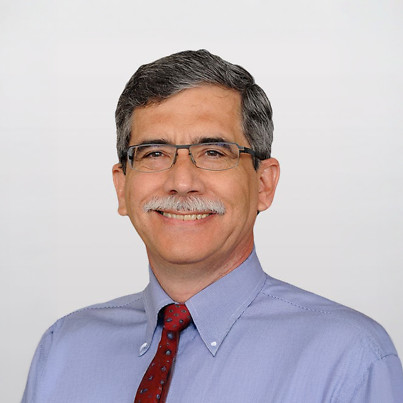Research in this laboratory is concerned with understanding the mechanisms by which the inner ear processes sound information. One major focus of the research program is the development of mathematical models of cochlear mechanics that provide a correct account of the inner ear’s ability to amplify quiet sounds. Another major focus is the development of software to facilitate the measurement and analysis of otoacoustic emissions, the echoes generated by a normal inner ear. A third focus of the laboratory is on theoretical understanding of auditory perception which takes into account the compressive growth of vibrations within the cochlea.
Facilities
The laboratory is equipped with a Mandrake Linux workstation used primarily for cochlear model development and a Windows XP workstation used primarily for the development synchronous-averaging software. For development purposes, the Windows workstation is equipped with specialized hardware for the measurement of otoacoustic emissions (e.g., Etymotic ER-10C DPOAE probe microphone system) and several high-speed, 24-bit soundcards, including CardDeluxe (Digital Audio Systems), Gina (Echo Audio Labs), and Waveterminal (Ego Systems).
Families
The work in this laboratory is concerned with understanding the process by which the ear senses sounds and with finding better ways to assess hearing status that go beyond the limits of current audiometric tests. With most babies currently being screened for hearing loss at birth, it is essential that we have accurate descriptions of their hearing problems so that we can design an appropriate course of intervention. Otoacoustic emission measurements are already being used to screen infants for possible hearing problems and have the potential to provide more extensive information regarding hearing characteristics. More accurate descriptions of the hearing deficits will enable us to minimize their impact on speech and language development by optimum fitting of hearing aids. The research efforts in the laboratory focus both on understanding the basis of normal hearing and on improving methods used to diagnose hearing loss in infants and young children.
Specific Areas of Research:
- Computer simulations of active, nonlinear cochlear mechanics
- Development of synchronous-averaging software for DPOAE and ABR measurements
- Theoretical analysis of loudness and models of auditory perception
- Use of DPOAE I/O functions to estimate cochlear compression
- Calibration methods for specifying sound levels in terms of acoustic intensity
Summary
For Clinicians and Scientists
Modeling of cochlear mechanics is focused on understanding the role of outer hair cell forces in achieving amplification at low levels and dynamic range compression at higher levels. One goal is to simulate both the growth of DPOAEs and loudness in the same cochlear mechanical model, in order to better understand their relationship. Otoacoustic emission software development involves the use of high-quality soundcards to perform synchronous averaging for DPOAE measurement. An advantage of having locally-developed software is the ability to explore new DPOAE measurement methods. This software has also been adapted for the measurement of ABRs and acoustic impedence. One research interest is in the development of improved calibration methods that would allow the specification of sound levels in terms of intensity instead of pressure. The research efforts toward measurement and modeling of auditory response growth have application to objective assessment of hearing status and fitting of hearing aids, in addition to providing a physiologically-based front end to theoretical models of auditory perception.
